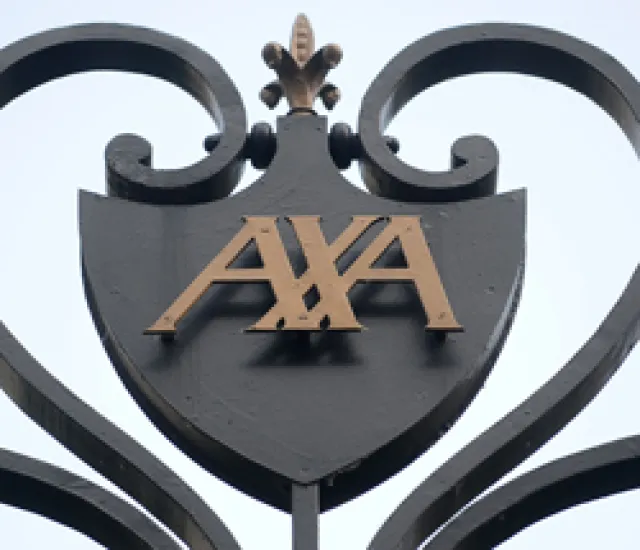Citigroup took another giant step toward unloading non-core assets to shore up its capital ratios and to meet requirement of the Volcker rule under Dodd-Frank.
The banking giant Wednesday sold its $1.7 billion portfolio of limited partnership interests in private equity buyout funds and a portfolio of direct stakes in companies to AXA Private Equity, part of the French insurer AXA. The portfolio comprises 207 limited partnership interests in mostly buyout and a number of investments that were made directly into certain companies.
The deal also underscores the revival in the secondary market.
AXA PE said the deal represents one of the largest secondary private equity transactions and underscores its strategy to be a dominant player in the resurgent secondary Funds of Funds business.
Last year AXA PE shelled out $1.9 billion for the private equity funds from Bank of America in April 2010 and $670 million for a portfolio from French investment bank Natixis.
With this deal, industry-wide volume is on target to match or even surpass the previous forecast of $25 billion in secondary deals for 2011, according to London-based Triago, which matches buyers with sellers. This would represent a 25 percent increase from record volume of $20 billion in 2010, which is turn was more than two-and-half times the previous year’s $7.5 billion, and a third higher than the 2008 record of $15 billion.
The secondary market has exploded in the past decade. According to Triago, there are currently more than 400 active participants, including institutional investors, compared to a cozy group of 40 players just eight years ago.
With M&A rebounding and the global economy recovering—albeit slowly in many areas—PE is becoming more attractive in general. As a result, the discounts being paid for PE portfolios have sharply narrowed, to around 5 percent today from 35 percent in March 2009 during the depth of the global market meltdown. A Triago spokesman says some deals have recently been done at a premium.
Vincent Gombault, head of Fund of Funds for AXA Private Equity, would not say what discount his firm paid—if it paid one at all—stressing in a phone interview from Venice: “The discount is dependent on the quality of assets.” He added that 85 percent of the portfolio is invested as of today.
Keep in mind that the life of a typical PE investment is around 10 years. Some of the assets in the Citi portfolio date back to the 2002-2003 period, while others are more recent—from the 2008-2009 peak. So presumably AXA PE will be soon liquidating a big portion of the Citi portfolio.
A Triago spokesman says there are a number of reasons for firms to sell their PE holdings besides complying with the Volcker rule: Pricing is now attractive to both buyers and sellers, and the growing realization, with the growth of this market – in terms of volume, number of players and variety of players – that it can be effectively used for active portfolio management, either to sell unwanted funds or to buy coveted funds.
Also, two-thirds of Limited Partnerships are at or above their PE target allocations, with capital calls still outpacing distributions, according to Triago, citing Preqin statistics.
“This is a good time to do a secondary,” says Gombault. “In the next two years, a lot of banks and pension funds will be selling assets in the secondary market.”
Indeed, according to sources, AXA PE is currently in the process of raising money for a new $3.5 billion fund to buy secondary assets.







